Gma's & Gpa's Great Adventures
Our northern-most destination, Lizard Island is located in the northern Great Barrier Reef (GBR), 17 miles off the mainland, north of Cooktown. This small (<4 square mile) granite island plus smaller nearby islands form the Lizard Island National Park. Lizard Island was known as Dyiigurra to the Dingaal Aboriginal people who occupied the island for thousands of years and was regarded as a sacred place. The name Lizard Island was given to it by Captain James Cook in 1770, as he commented, "The only land animals we saw here were lizards.”
We anchor in Watson Bay with several other yachties to get out of the wind. There are no regular scheduled flights or boats to and from Lizard Island, except as part of a resort package. There is one luxury resort ($2000/night), a small airport, several beaches, walking trails, a few historic sites and a reef research center. You can even hike in the footsteps of Captain Cook to the highest point on the island. We heard a large colony of chattering flying fox (fruit bats) hiding in the mangrove swamp and walked along a large creek with crocodile warnings. Saw no flying fox, no crocs, no lizards.
RUTH METZ
43 chapters
Lizard Island
July 16, 2024
|
Northern GBR
Our northern-most destination, Lizard Island is located in the northern Great Barrier Reef (GBR), 17 miles off the mainland, north of Cooktown. This small (<4 square mile) granite island plus smaller nearby islands form the Lizard Island National Park. Lizard Island was known as Dyiigurra to the Dingaal Aboriginal people who occupied the island for thousands of years and was regarded as a sacred place. The name Lizard Island was given to it by Captain James Cook in 1770, as he commented, "The only land animals we saw here were lizards.”
We anchor in Watson Bay with several other yachties to get out of the wind. There are no regular scheduled flights or boats to and from Lizard Island, except as part of a resort package. There is one luxury resort ($2000/night), a small airport, several beaches, walking trails, a few historic sites and a reef research center. You can even hike in the footsteps of Captain Cook to the highest point on the island. We heard a large colony of chattering flying fox (fruit bats) hiding in the mangrove swamp and walked along a large creek with crocodile warnings. Saw no flying fox, no crocs, no lizards.
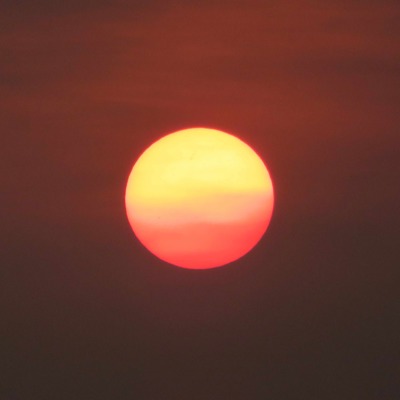
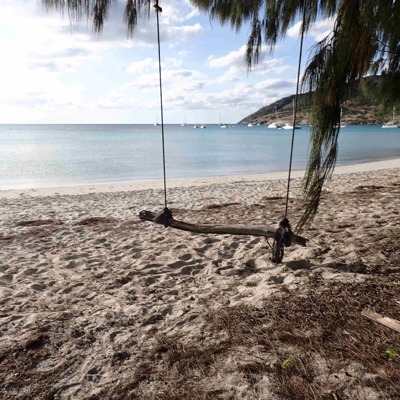
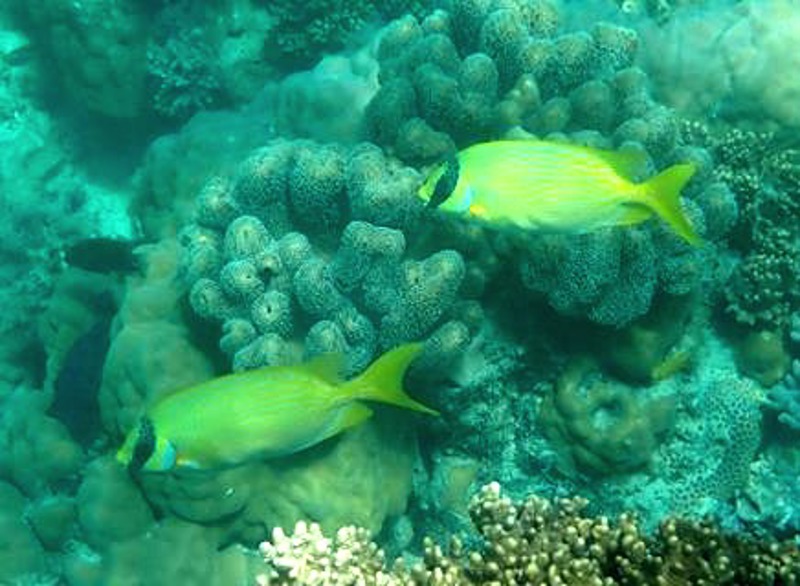
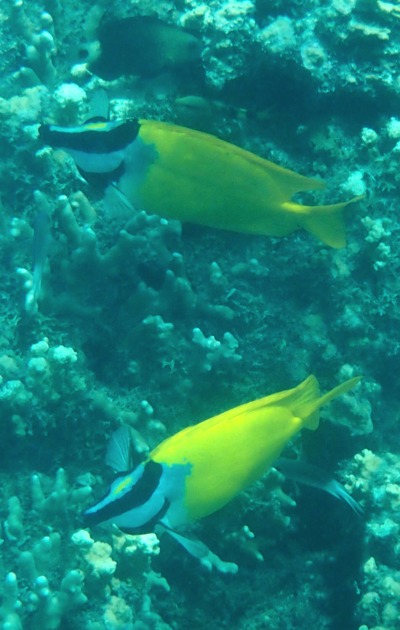

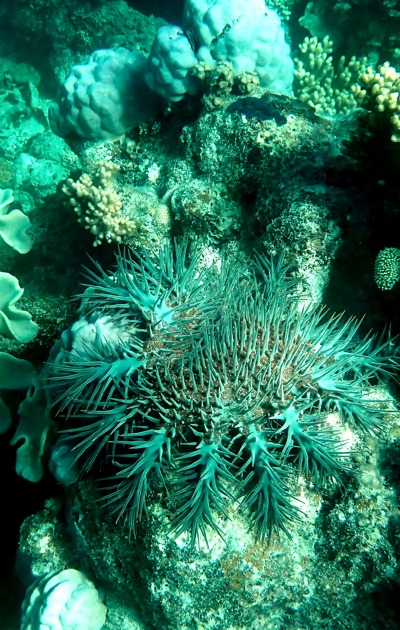


Between Nutmeg and the beautiful sandy beach is a large recovering reef with some bleaching but lots of good corals, giant clams and abundant fish. We swam with a large green turtle – and saw a large crown-of- thorns starfish (COTS). Though native to the GBR, COTS outbreaks cause significant damage to coral reefs and are one of the major causes of coral decline across the GBR over the past 40 years. Glad we only saw one – and the only one since seeing several in the Pacific. It’s remarkable how often we see fish swimming in pairs. 2X2. Mates? Buddies? Who knows? Maybe they wonder about us, too.
Being in the middle of nowhere surrounded by a big blue ocean makes for some spectacular sunsets.
Cheers, mates!
XOXOXOXO
Gma & Gpa
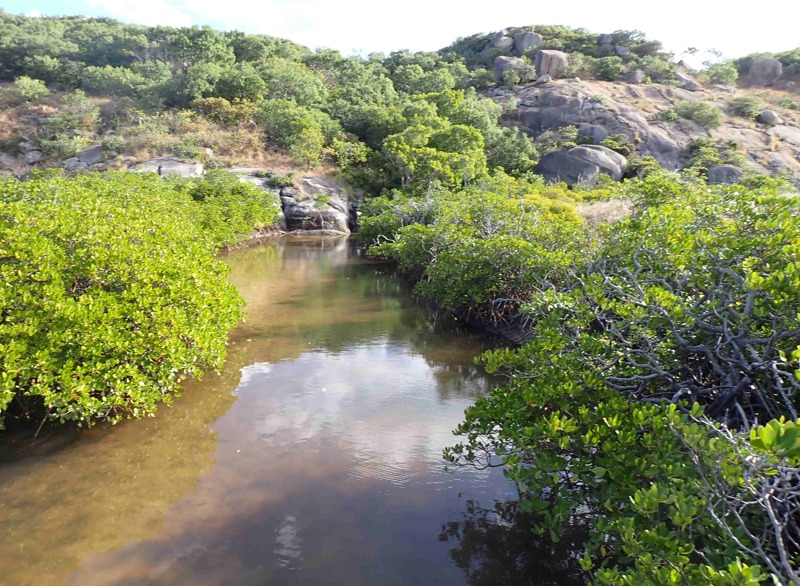
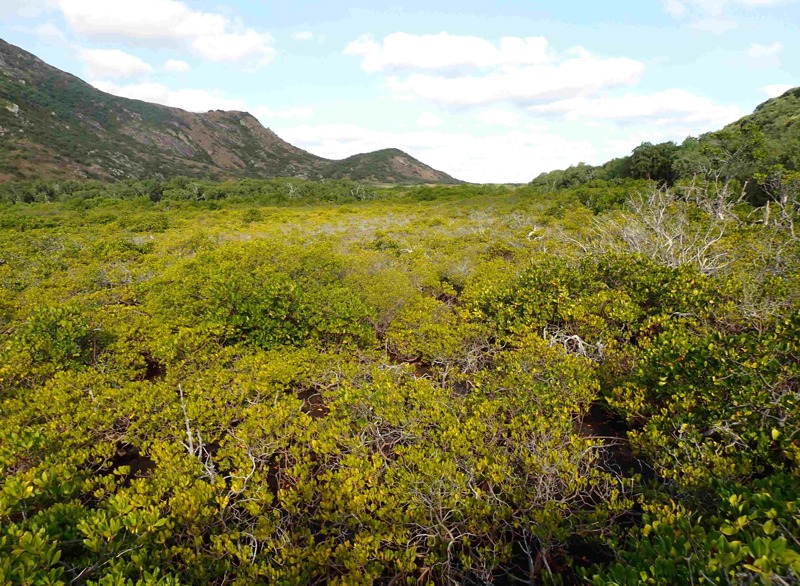
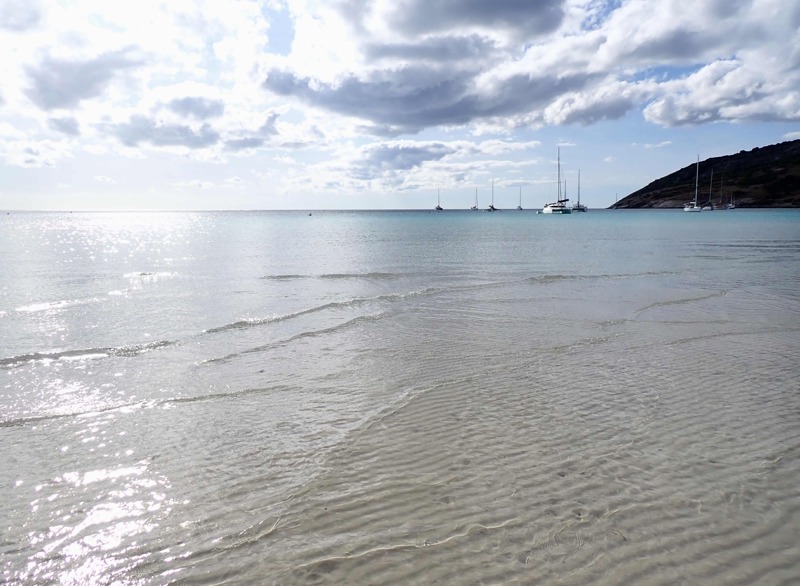
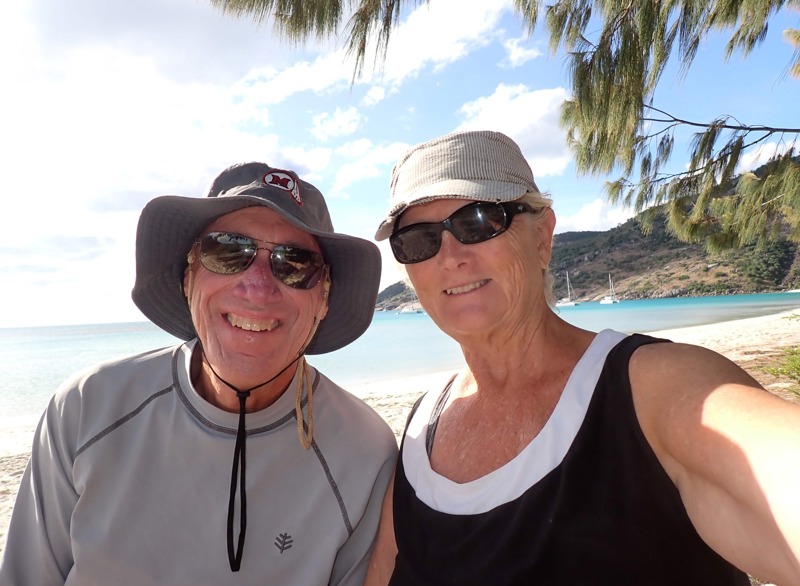
1.
We're Back!
2.
Marlborough District
3.
Kaikoura
4.
Christchurch and beyond...
5.
Steampunk & a Castle?
6.
Te Anau
7.
Milford Sound
8.
Queenstown
9.
Little Paradise
10.
Happy Birthday to Gma!
11.
Glacier Country
12.
Now Where??
13.
The Wild Side
14.
It's Just Another Day
15.
Wonderland
16.
More Places to Go...
17.
Happy Birthday to Gpa!
18.
Love It Here!
19.
Let 'er Loose!
20.
Crossing the Ditch
21.
Sydney
22.
Taronga Zoo
23.
to Bundy
24.
Coddiwomple
25.
Found It!
26.
Something New!
27.
Adjusting Our Sails
28.
Back to the Islands
29.
Maggie Island
30.
Hinchinbrook
31.
Gone fishin'
32.
Cairns
33.
Low Isles
34.
Agincourt Reef
35.
Ribbon Reefs
36.
Lizard Island
37.
Cooktown
38.
Time to Head South
39.
Out and About
40.
It's Time to Go
41.
Onward Ho!
42.
K'gari | Fraser Island
43.
Carnival of Flowers
44.
Australia Zoo
45.
Where, Oh Where Did the Metzes Go??
46.
We Went to Tassie!
47.
The End
Share your travel adventures like this!
Create your own travel blog in one step
Share with friends and family to follow your journey
Easy set up, no technical knowledge needed and unlimited storage!